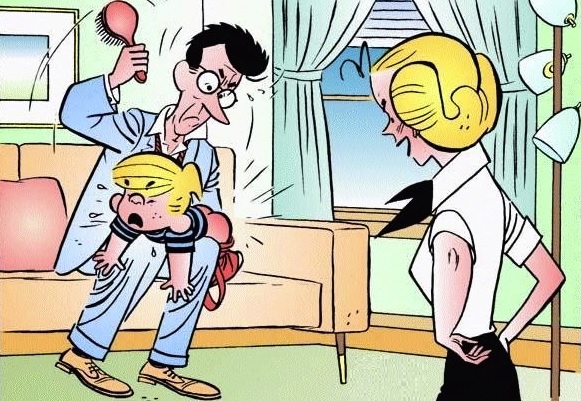![]()
Update Chrome Browser
Child physical abuse is an act, failure to act, or a circumstance that leads to harm or significant risk that a child will be harmed. See more
This includes the non-accidental physical injury to a child (i.e. striking, kicking, burning, biting, or
any action that results in the physical impairment) by a person responsible for the child’s welfare. Physical abuse can be identified by physical indicators such as welts, human bite marks, bald spots, burns, skeletal and head injuries, lacerations, abrasions, discoloration of skin, and unexplained bruise marks in various stages of healing. States vary in their legal definitions of physical abuse, how they define perpetrators of abuse, and in how they determine exemptions from such definitions. Religion, cultural practices, and physical punishment are among the most prevalent exemptions. See more
There is no single cause of physical abuse. Instead, there are usually multiple and interacting contributors at child, perpetrator’s (e.g. parent/caregiver), and family levels. Examples of contributing risk factors include the age of the child (i.e., children under one are more likely to experience physical abuse), a perpetrator’s struggling with substance abuse, a perpetrator’s poor emotional control, and a family’s economic stress (e.g. low socioeconomic status). See more
Corporal punishment is the use of physical force against a child with the intention of causing him/her to experience pain so as to correct his/her misbehavior.
Corporal punishment is often referred to as spanking, hitting, slapping, or paddling of a child by a parent/caregiver or a school official. Research suggests that there are significant negative effects associated with corporal punishment, including aggression, poor parent-child relationship, and delinquency. See more
Other research suggests that there continues to be a decline in the use of spanking. These findings that work addressing the perception and frequency of corporal punishment is important.
See more

As a community, we have a collective responsibility to prevent children from experiencing physical abuse, including AHT and corporal punishment. To accomplish this, we must support services that promote children’s development, health, and safety; invest in research, training, and public education to strengthen protective factors that buffer the risk factors for neglect; and advocate for policies and programs to help meet the basic needs of children and families.
The CDC lists a number of strategies that aid in reducing or preventing child abuse and neglect. These include strengthening economic support to families, changing social norms to support parents and positive parenting, providing quality care and education early in life, enhancing parenting skills to promote healthy child development, and intervening to lessen immediate and long-term harms.
See more
Child physical abuse is a form of trauma that impacts a child’s physical (e.g., broken bones, chronic pain or medical conditions, head injuries), psychological (e.g. anxiety, depression, aggression, suicidal thoughts), cognitive (e.g. learning impairments), and social/behavioral (e.g. conduct disorder, poor attachment) development. See more
Children who are victims of AHT suffer significant, long-term health consequences, including vision problems, developmental delays, physical disabilities and/or hearing loss. See more
There are long-term negative heath and behavioral outcomes for children who are physically disciplined and, conversely, research has shown that corporal punishment does not change a child’s actual behavior. Negative outcomes associated with corporal punishment include aggression, anti-social behavior, negative parent-child relationships, and low self-esteem, among other. It is important to note that corporal punishment in schools disproportionately affects students of color and students with disabilities. See more
Our programs and affiliates network is focused on preventing child physical abuse through several practical solutions for creating the conditions for safe, stable, and nurturing relationships and environments for all children, families, and communities.
Because Childhood Lasts a Lifetime… We Must Work Together to Keep them Safe!
Human Road; is a 501(c)(3) not-for-profit organization.
USA – EIN number: 92-2367542.
Iraq – DNGO number: 1N1812016.
Copyright © Human Road, 2023.
Privacy Policy
Our efficiency maximizes your gift’s impact.